What Compliance Should I Look For?
Depending on the type of product you are using, there are certain compliance certifications you will want to look for. However, there are standard testing requirements that pad printing inks should comply with. Each ink passes all major Restricted Substances List (RSL) and lab tests. Every company has their own RSL that corresponds with their production standards. Most companies list the restriction of harmful substances such as lead, cadmium, mercury, and phthalates. For instance, the MB and J3 series are Class IV certified, meaning they meet strict medical safety standards and can be applied to devices implanted into the human body. In addition to initial testing, as of 2008 The Consumer Product Safety Improvement Act (CPSIA) requires periodic testing of inks once a year. This standard testing protocol includes testing every shade of ink and compiling a comprehensive ink report. This testing confirms the absence of phthalates and lead and confirms we are complying with all industry regulations. It is important that all products are deemed safe for use, specifically for children.
Eco Passport by Oeko-Tex® is an independent testing and certification system for chemicals, colorants and auxiliaries used to manufacture textiles. This testing protocol is specific for textiles designed to be in contact with human skin. The SB ink series is mainly used for tagless printing on apparel. Since these tags are touching skin for prolonged periods of time on a daily basis, it is essential that there is no exposure to harmful chemicals.
Find pad printing ink compliance documents
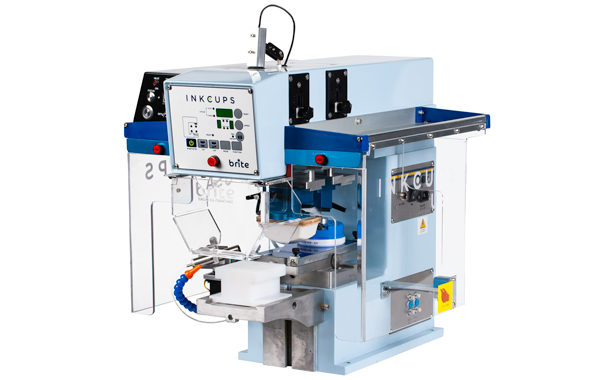 Tagless Printers
Tagless Printers Cylindrical Inkjet Printers
Cylindrical Inkjet Printers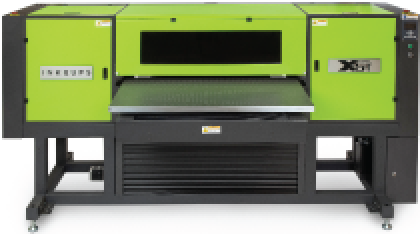 UV Flatbed Printers
UV Flatbed Printers Pad Printing Machines
Pad Printing Machines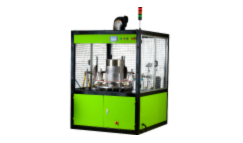 Pretreatment Systems
Pretreatment Systems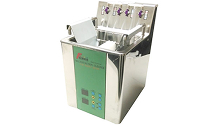 Inkjet Printing Auxiliary
Inkjet Printing Auxiliary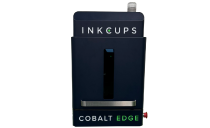 Laser Plate-Makers
Laser Plate-Makers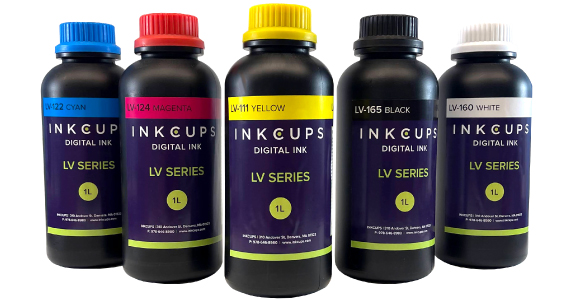 Inkjet Printing Supplies
Inkjet Printing Supplies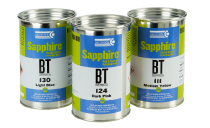 Pad Printing Supplies
Pad Printing Supplies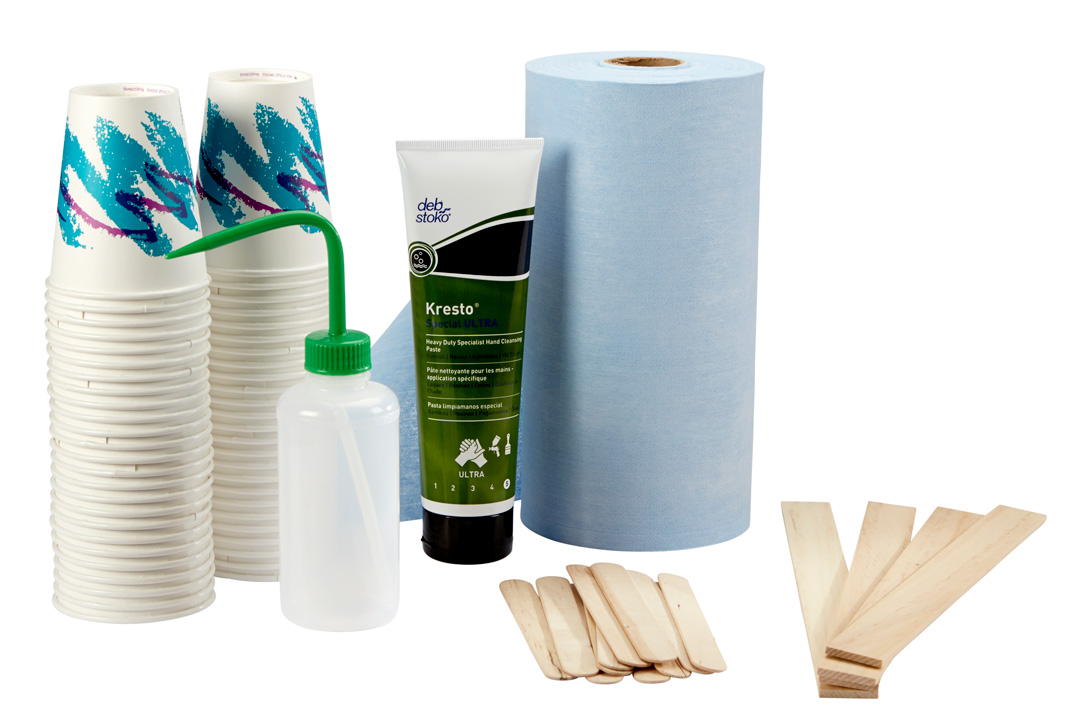 Tagless Supplies (tagless.inkcups.com)
Tagless Supplies (tagless.inkcups.com)